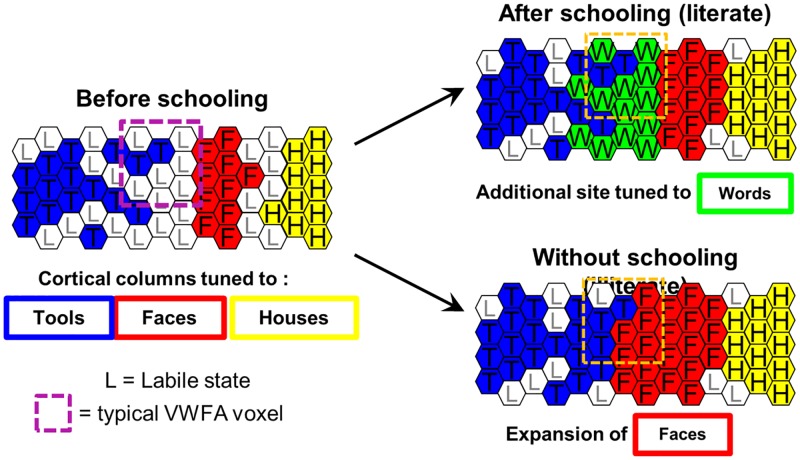Fig 8. Schematic model of ventral visual development.
Hexagons depict cortical patches or columns specialized for a given category (tools, faces, houses) or in an uncommitted labile state. Each group of hexagons schematizes the state of the left-hemispheric ventral visual mosaic at a given age. Prior to schooling (left), some columns are already committed to a given category, with a systematic lateral-to-mesial organization (left-to-right), but many are still labile. When schooling starts, some columns commit to written words (top right). In the absence of schooling, the same columns are progressively invaded by nearby representations of tools and faces (bottom right). The dashed yellow box illustrates how a single fMRI voxel may comprise a mixture of cortical responses to tools and words. The model can explain why, (1) in literate children, VWFA voxels become selective to words while maintaining their prior response to tools; (2) literacy blocks the expansion of face responses in the left hemisphere, restricting their growth to the right hemisphere; and (3) in illiterate subjects, relative to literate ones, face responses are larger in the left hemisphere and thus less asymmetrical in favor of the right hemisphere. F, faces; fMRI, functional magnetic resonance imaging; H, houses; L, labile; T, tools; VWFA, visual word form area.

